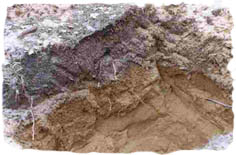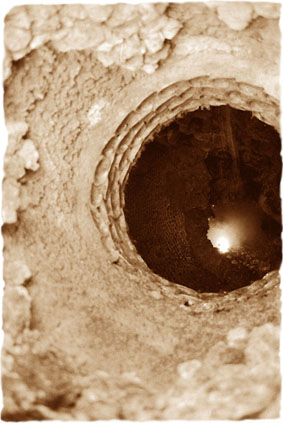




|


Geographic Information Systems (GISs) are a medium for integrating, analyzing and communicating information (Schuurman 2003). However, from a GIS perspective, integrating data from different sources is problematic. The strength of GIS comes from its ability to incorporate multiple datasets, but these datasets often come from different disciplines with their respective terminologies and perspectives. Bowker uses the example of different agencies within one nation who adopt different soil classifications, each with their own unique entrenched disciplinary perspective on what soil is. In addition, even within one discipline different sets of researchers often use different naming conventions (Bowker 2000).
To achieve geographic information interoperability, issues of incompatible syntactic structures and semantics need to be addressed. The syntactic approach uses standards for encoding and interpreting information, allowing one system to be capable of understanding the meaning of data from another system. With this approach, interoperability is achieved by standardizing metadata, allowing the data to be processed in remote locations, with the hopes of developing automatic methods to extract and update essential metadata (Yuan 2004). Although, as Bowker comments, the use of metadata has been very successful within the field of GIS, he goes on to say that there are specific kinds of problems that metadata standards cannot solve, in particular issues of naming entities and interdisciplinary communication (Bowker 2000).
There has been an abundance of theoretical discussion but a failure to find a working interoperability solution for datasets already in existence. This is despite the fact that research by government agencies, standardization bodies such as the OpenGIS Consortium (OCG), and research has been occurring since the early 1990s and is ongoing. Much of the problem in finding a solution is that many existing applications are built around relational database model systems (RDBMS) that make it difficult to extract features and compare their semantics in a way that is necessary to implement semantic interoperability (Schuurman 2002). Until large software companies such as ESRI lead the way in implementing object orientated databases semantic operability solutions will not be embraced. However, despite the fact that the technology is available the problem for companies such as ESRI is that until semantics are standardized they cannot implement new databases (Setijadji 2004). Setijadji (2004) calls on GIS to be open for further development and integration, with the key being standardization and interoperability. An open GIS would allow for geographic data sharing, cooperation of different technologies, and integration with other non-GIS applications.





|